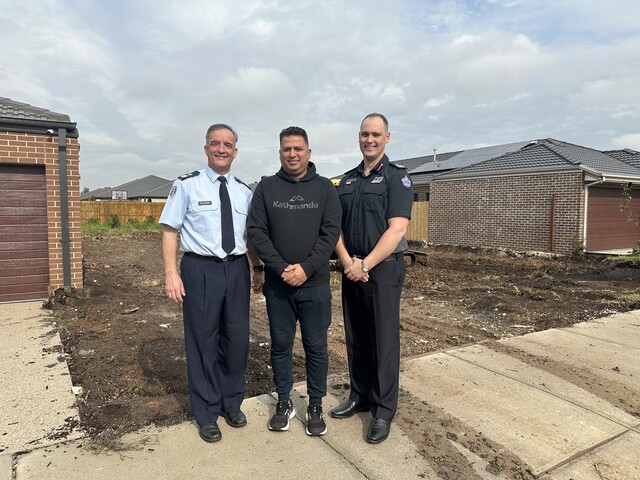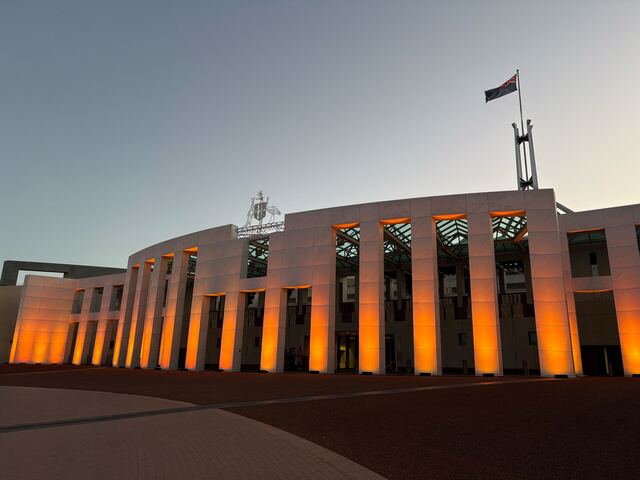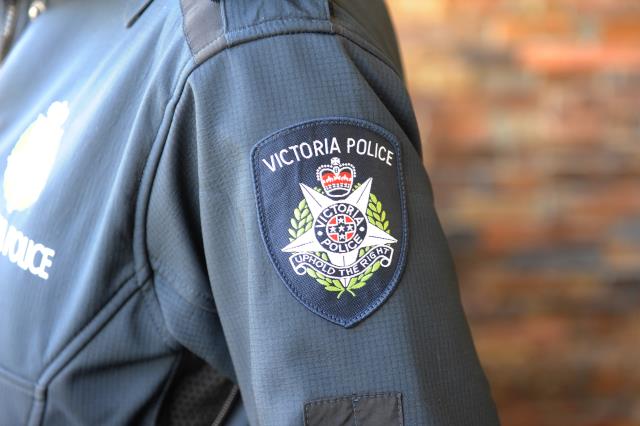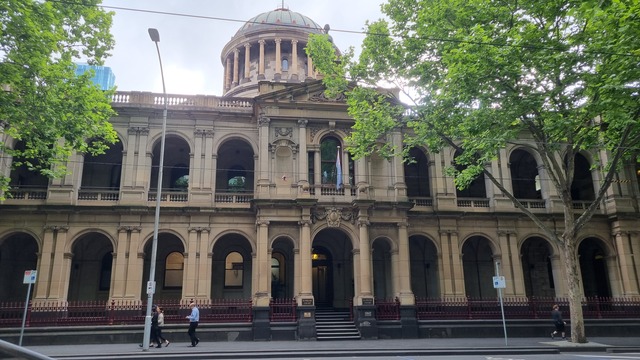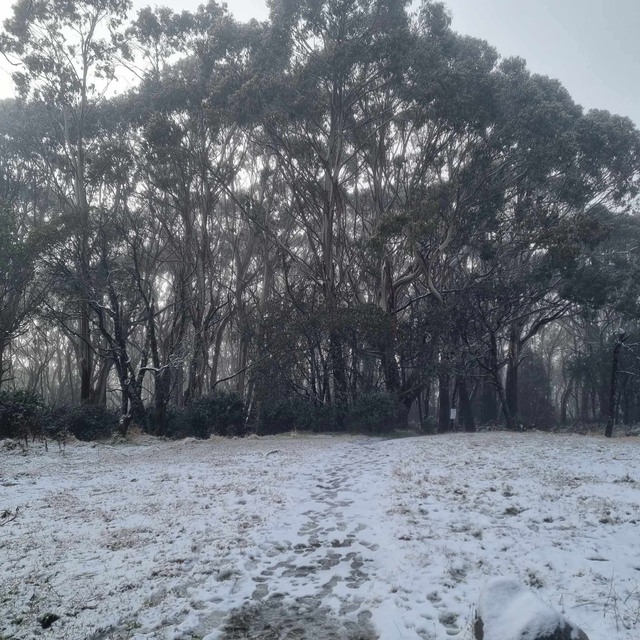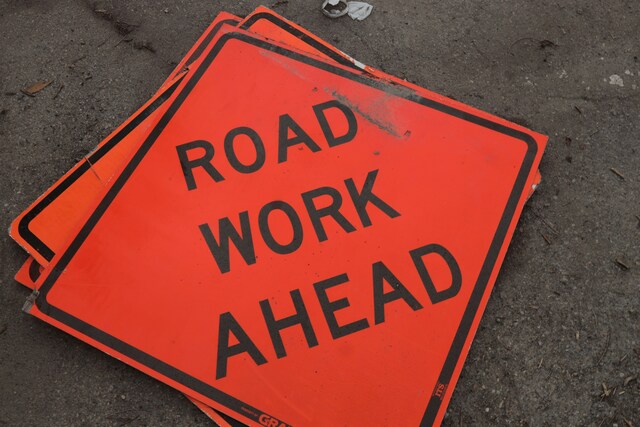A father whose family escaped a fire that destroyed their Truganina home in a matter of minutes is calling on Victorians to install smoke alarms in all bedrooms.
Ramesh Gajurel, his wife and child were finishing dinner in their kitchen when their hallway smoke alarm activated. A fire had ignited in a spare bedroom and was quickly spreading through the house.
“We had just finished the dinner and were doing the clean-up and all of a sudden we heard the [smoke] alarm in the lounge area,” said Ramesh.
“We went through each and every room and we found the second bedroom was already on fire – then we just tried to find a way out,” he said.
The bedroom door had been shut and there was no smoke alarm inside, so by the time the family was alerted to the fire it was already burning aggressively.
The family safely evacuated, but unfortunately, the house was so badly damaged by the incident in November 2023 that it had to be demolished.
That said, Ramesh sees himself as lucky, because if someone had been sleeping in the bedroom when the fire broke out, it would likely have been fatal.
“I think it’s really important to have [smoke] alarms in each bedroom, just in case. When you are sleeping in the night …you can act very quickly,” he said.
The family’s lucky escape has prompted Victorian fire services to once again emphasise that smoke alarms are a bedroom essential.
FRV Deputy Commissioner Community Safety Joshua Fischer said fires that start in bedrooms were the ones most likely to kill you.
“If a fire breaks out in your bedroom and the door is shut, the hallway smoke alarm will not activate until the fire has burned through the door, which will be too late,” he said.
“Smoke will not wake you – in fact, it will put you into a deeper sleep and render you unconscious – so it’s crucial that you have a smoke alarm installed in all sleeping areas.”
“Think about all the items we now find in bedrooms that could catch alight – from rechargeable battery products to electronic devices and heaters.”
“Without a working smoke alarm, you may not get the chance to safely escape. Quite simply, they could save you and your family’s lives.”
CFA Deputy Chief Officer Alen Slijepcevic said a smoke alarm costs as little as $20, with a range of other types on offer depending on your housing and financial situation.
“Concerningly, FRV and CFA’s most recent survey of Victorians revealed just 17 percent of Victorians have smoke alarms in their bedrooms. Around 47 percent of people do not have a smoke alarm in any living room,” he said.
“This is why we really encourage all Victorians to install smoke alarms in all bedrooms, living areas and hallways.”
FRV and CFA data reveals that most residential fires that result in fatalities and/or serious injuries start in lounge and sleeping areas and most are caused by smoking, heating systems, appliances and equipment.
Late Autumn, Winter and early Spring are the highest risk periods for residential fires in Victoria and in the event of a fire, you and your loved ones have the greatest chance of survival by installing smoke alarms in all bedrooms and living rooms.
Smoke alarm tips:
Smoke alarms must be located between each bedroom area and the rest of the house and on each
level.
Smoke alarms should also be installed in every bedroom and living area.
Smoke alarms should be installed on the ceiling at least 30cm from the wall, or installed on the wall
at least 30cm from the ceiling to avoid dead air space.
Smoke alarms should be interconnected, so when any alarm activates, all smoke alarms will sound.
Fire services recommend the use of smoke alarms powered by a 10-year long life battery.
Smoke alarms should be tested monthly by pressing the test button on the alarm and waiting for the
test alarm to sound.
Smoke alarms should be cleaned with a vacuum cleaner or dusted at least once a year to remove
particles that will affect smoke alarm performance.
Replaceable batteries in a smoke alarm need to be changed yearly.
Smoke alarms, including those attached to mains power, should be replaced every 10 years.
For more information visit the FRV website and the CFA website.

